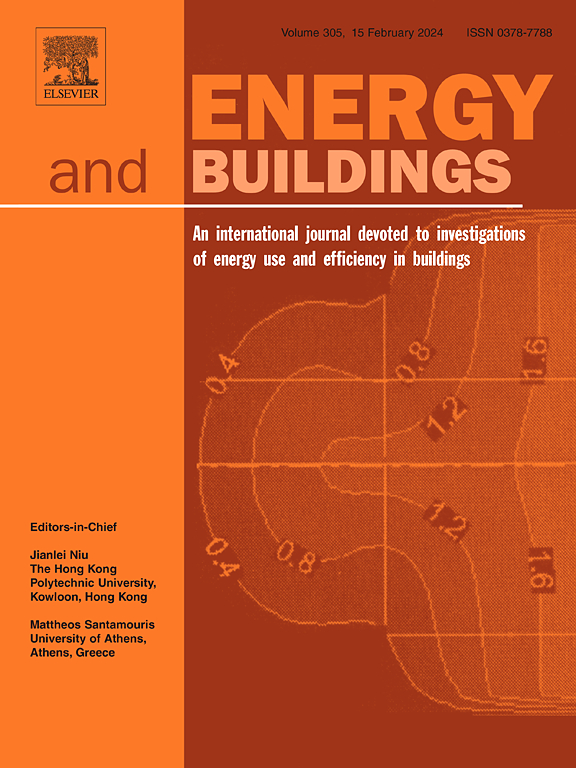Transfer learning with unsupervised domain adaptation for personal thermal comfort prediction
IF 6.6
2区 工程技术
Q1 CONSTRUCTION & BUILDING TECHNOLOGY
引用次数: 0
Abstract
Maintaining comfortable indoor environments is essential for occupant well-being and energy efficiency. However, predicting personalized thermal comfort remains challenging owing to the limited availability of labeled data. This study presents a novel approach to personalized thermal comfort prediction by applying unsupervised domain adaptation techniques. We leverage ASHRAE Global Thermal Comfort Database II as the source domain and the BCA testbed dataset as the target domain to address the challenge of adapting the models to new subjects with no labeled data. Specifically, we compare three domain adaptation methods: Correlation alignment (CORAL), Deep subdomain adaptation network (DSAN), and Dynamic adversarial adaptation network (DAAN). Our results demonstrate that applying deep domain adaptation (DSAN and DAAN) significantly enhances the prediction accuracy for both thermal preference and thermal acceptability tasks, with improvements of up to 12—15% compared with the base (CNN-LSTM) model. Furthermore, our proposed method maintains a high prediction performance, even when the available training dataset is substantially reduced. The maximum reduction in accuracy is at most 2.28% with approximately 10% of the unlabeled training dataset, demonstrating its robustness in real-world scenarios with limited environmental features. This study underscores the potential of unsupervised deep domain adaptation for improving personalized thermal comfort predictions and contributes to more efficient indoor climate control and a comfortable environment.
求助全文
约1分钟内获得全文
求助全文
来源期刊

Energy and Buildings
工程技术-工程:土木
CiteScore
12.70
自引率
11.90%
发文量
863
审稿时长
38 days
期刊介绍:
An international journal devoted to investigations of energy use and efficiency in buildings
Energy and Buildings is an international journal publishing articles with explicit links to energy use in buildings. The aim is to present new research results, and new proven practice aimed at reducing the energy needs of a building and improving indoor environment quality.
 求助内容:
求助内容: 应助结果提醒方式:
应助结果提醒方式:


